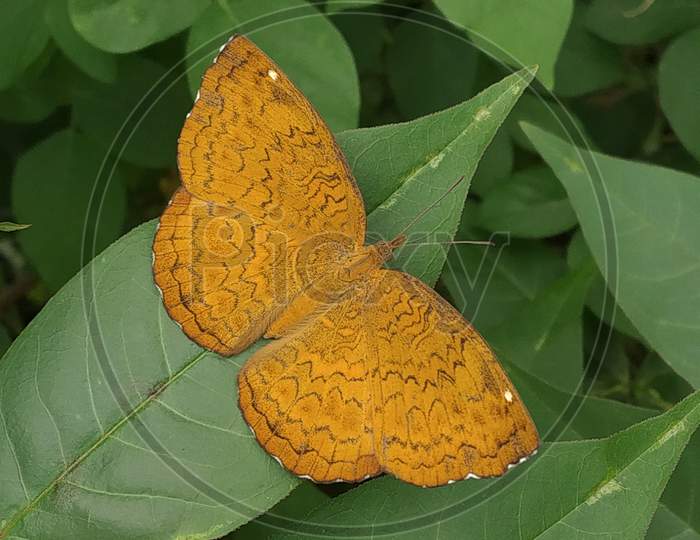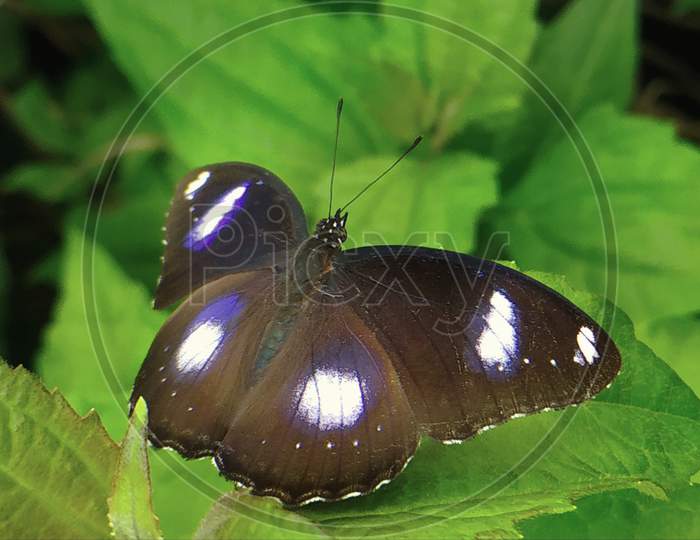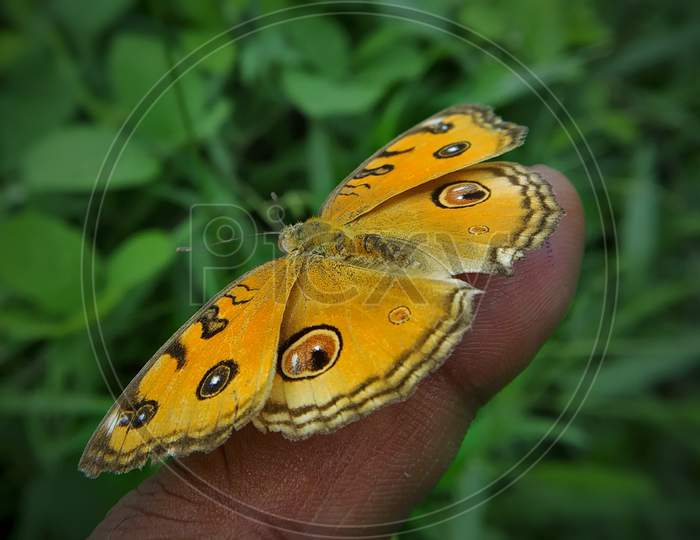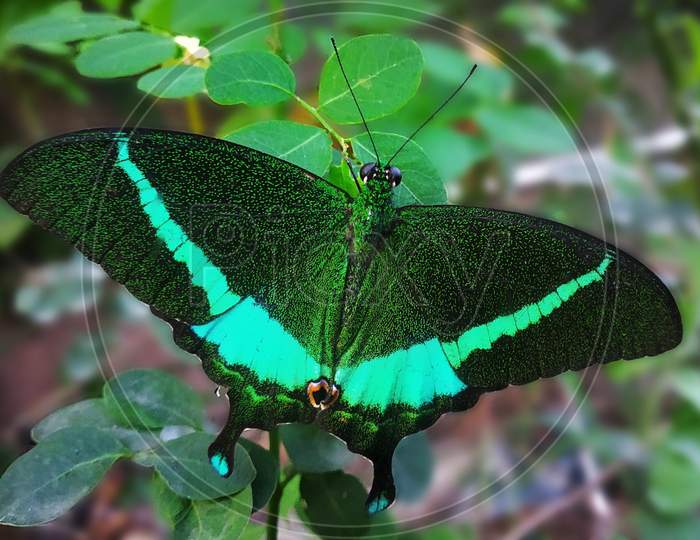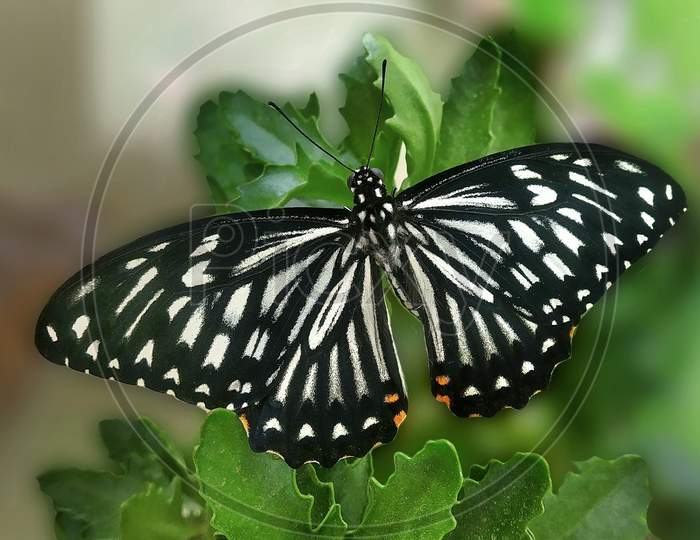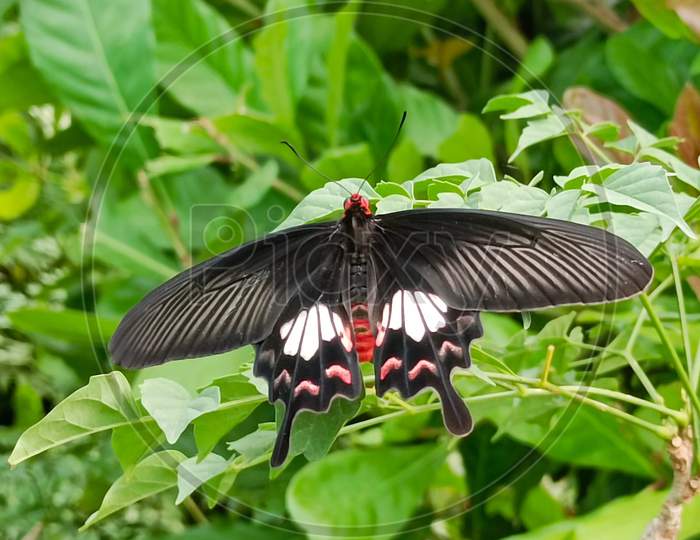- Stock Photo ID: #EA670693
- Image Credit: Picxy.com/sanjib8016
- Description:A butterfly is a fascinating and delicate insect that belongs to the order Lepidoptera, which also includes moths. These creatures are renowned for their vibrant colors, intricate patterns, and graceful flight. Here's a detailed description of a typical butterfly: Physical Characteristics: Wings: Butterflies have two pairs of large, often brightly colored wings covered with tiny scales. These scales create the diverse patterns and hues that make each species unique. Body: The body of a butterfly is divided into three main parts: head, thorax, and abdomen. The head features compound eyes, antennae, and a proboscis for feeding. Antennae: Butterflies have long, slender antennae that are often club-shaped at the tips. These antennae are crucial for sensing the environment, detecting food, and locating potential mates. Proboscis: The proboscis is a long, tube-like structure that butterflies use to feed on nectar from flowers. When not in use, the proboscis is coiled up like a spring. Life Cycle: Egg: Butterflies start their life cycle as eggs, typically laid on the leaves of plants. Larva (Caterpillar): Upon hatching, the larva or caterpillar emerges. Caterpillars are voracious eaters, feeding on plant leaves to fuel their rapid growth. Pupa (Chrysalis): After a period of feeding, the caterpillar enters the pupal stage, encasing itself in a protective chrysalis. Inside this casing, the transformation from caterpillar to butterfly takes place. Adult Butterfly: The final stage is the emergence of the adult butterfly from the chrysalis. The wings expand and dry, and the butterfly is ready for flight. Behavior and Habits: Flight: Butterflies are known for their elegant and seemingly carefree flight. They have a unique wing movement that distinguishes them from other flying insects. Feeding: Adult butterflies primarily feed on nectar from flowers, using their proboscis to extract the sweet liquid. Mating: Butterflies engage in elaborate courtship rituals, involving visual displays and chemical signals. Mating is essential for reproduction. Migration: Some butterfly species are known for their remarkable migrations, covering long distances to reach more favorable climates. Habitat and Distribution: Butterflies inhabit a wide range of environments, from meadows and gardens to forests and urban areas. They are found on every continent except Antarctica. Different species have specific habitat preferences and host plants for their larvae. Ecological Importance: Butterflies play a crucial role in pollination, contributing to the reproduction of many plant species. They are also an essential part of the food chain, serving as a food source for birds, spiders, and other predators. In summary, butterflies are not only aesthetically pleasing but also ecologically significant insects, showcasing a remarkable life cycle and behavior that captivates observers worldwide. Diversity: There are over 20,000 species of butterflies worldwide, each displaying unique characteristics. The diversity in size, color, and wing patterns is a testament to the adaptability of these insects to various environments. Camouflage and Mimicry: Many butterflies have developed remarkable adaptations for survival, such as camouflage and mimicry. Some species have wings that resemble leaves or bark, providing them with effective camouflage against predators. Others mimic the appearance of toxic or unpalatable species, deterring predators from attacking them. Nocturnal Butterflies: While butterflies are often associated with daytime activities, there are also nocturnal species. These butterflies, known as moths, are usually more cryptically colored and are adapted to navigate in low light conditions. Butterfly Gardens: Butterfly gardens are designed to attract and support butterfly populations. These gardens typically feature a variety of nectar-rich flowers, host plants for caterpillars, and other elements that create a conducive environment for these beautiful insects. Symbiotic Relationships: Butterflies engage in symbiotic relationships with plants. As they feed on nectar, they inadvertently transfer pollen from one flower to another, facilitating the pollination process and contributing to the reproduction of flowering plants. Long-Distance Migration: Certain butterfly species are renowned for their impressive long-distance migrations. The most famous example is the Monarch butterfly, which migrates thousands of miles between North America and Mexico. These migrations are essential for the survival of the species, as they allow butterflies to escape harsh environmental conditions. Thermoregulation: Butterflies are ectothermic, meaning they rely on external sources to regulate their body temperature. They are often observed basking in the sun with their wings open, absorbing heat to become more active. This behavior is crucial for their flight and overall metabolic processes. Threats and Conservation: Butterflies face various threats, including habitat loss, pesticide use, and climate change. Conservation efforts focus on protecting their habitats, establishing butterfly-friendly landscapes, and raising awareness about the importance of these insects in ecosystems. Symbolism: Throughout history and across cultures, butterflies have been symbols of transformation, beauty, and rebirth. Their remarkable life cycle, from egg to caterpillar to chrysalis to butterfly, has made them powerful symbols of change and renewal. In essence, butterflies are not only intricate and visually stunning insects but also hold ecological, cultural, and symbolic significance that spans across various aspects of our world.
Get Indian Images for as low as Rs.100 with our Value Packs.See More

 Sample
Sample
 Share
Share